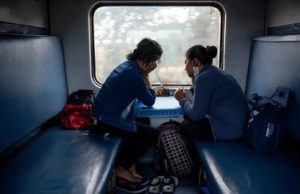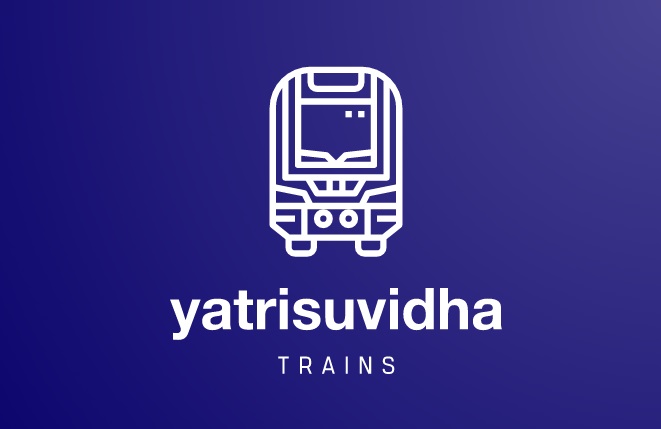
India’s vast railway network is the lifeline of its transportation system, serving millions daily across its diverse terrain. Indian Railways operates over 13,000 passenger trains and covers nearly every corner of the country, making it one of the world’s most extensive rail systems. Despite its scale, the demand for train tickets far exceeds the available capacity, leading to persistent challenges with ticket availability, analyzing their root causes, impacts, and potential solutions.
Seasonal and Festive Rush
Seasonal and festive periods in India, such as Diwali, Holi, Dussehra, and the summer vacation months, create unparalleled spikes in demand for train travel. Families, students, and workers often plan their journeys around these times, resulting in ticket shortages.
During such periods, trains running on popular routes like Delhi-Mumbai, Kolkata-Chennai, and Delhi-Varanasi are often booked solid within minutes of ticket windows opening. The surge in demand leads to:
Overloaded Booking Systems: Online platforms like IRCTC face high traffic, causing delays and technical glitches.
Increased Waiting Lists: Even well in advance, confirmed tickets become nearly impossible to obtain.
The lack of dynamic adjustments in services during these peak times exacerbates the problem, leaving many travelers stranded or forced to opt for expensive alternatives like flights or buses.
High Demand for Tatkal Tickets
Tatkal bookings were introduced to cater to last-minute travelers. Tickets under this quota are released a day before the journey. However, the system has become highly competitive, and securing a Tatkal ticket is a major challenge.
Key Issues with Tatkal Ticketing:
Rapid Sell-Outs: Tickets for popular routes disappear within minutes of opening, especially for premium classes.
Agent Manipulation: Middlemen and agents often exploit software tools to secure bulk tickets, leaving genuine travelers at a disadvantage.
Technical Glitches: The IRCTC website and mobile app sometimes crash due to overwhelming demand, further frustrating users.
High Costs: Tatkal tickets are priced higher than regular tickets, burdening passengers financially.
Waiting List Woes
For passengers unable to secure confirmed tickets, the waiting list system provides a semblance of hope. Indian Railways uses different types of waiting lists based on ticket quotas, but navigating these can be confusing and often disappointing.
Types of Waiting Lists and Their Challenges:
GNWL (General Waiting List): Reserved for passengers traveling from the train’s origin station. These have higher chances of confirmation but often still leave many stranded.
RLWL (Remote Location Waiting List): For smaller stations along the train route. These are less likely to get confirmed as the quota is limited.
TQWL (Tatkal Quota Waiting List): Rarely confirmed due to limited availability in the Tatkal quota.
PQWL (Pooled Quota Waiting List): For passengers boarding and alighting at intermediate stations, with even slimmer chances of confirmation.
For travelers, the uncertainty of waiting list confirmations often means they must plan alternative travel arrangements, increasing stress and expenses.
Overbooking
Despite the waiting list mechanism, overbooking remains a significant challenge. Trains are often filled beyond their capacity, leading to overcrowding in general compartments and unauthorized travel in reserved coaches.
Consequences of Overbooking:
Passenger Discomfort: Crowded trains lead to uncomfortable journeys, particularly on long-distance routes.
Safety Concerns: Overcrowding poses risks, especially in emergencies or accidents.
Loss of Revenue: Unbooked passengers may board without valid tickets, causing revenue leaks for Indian Railways.
Solutions
Addressing ticket availability challenges requires a multi-faceted approach, combining operational improvements with innovative policy measures.
Increase Train Frequencies: Adding more trains during peak seasons and on high-demand routes can help manage the seasonal rush effectively.
Expand Coach Capacity: Including additional coaches, especially sleeper and general class, on popular trains can alleviate overcrowding.
Promote Dynamic Pricing: Similar to airlines, dynamic pricing for premium classes could manage demand while generating additional revenue to improve services.
Enhance Booking Systems: Strengthening IRCTC’s infrastructure to handle high traffic volumes and prevent misuse by agents is essential.
Introduce More Special Trains: Operating dedicated trains during festive seasons, equipped with adequate facilities, can cater to the surge in passengers.
Encourage Advance Planning: Campaigns to educate travelers about planning their journeys and booking tickets in advance can reduce last-minute chaos.
Digitize and Monitor: Implementing AI-based systems to predict demand surges and adjust services proactively.
Promote Alternate Routes: Encouraging passengers to use less popular routes or regional trains can reduce congestion on mainline services.
The demand for train travel in India will only increase with its growing population and economy. Tackling ticket availability challenges requires a combination of capacity expansion, technological upgrades, and policy changes. By implementing targeted solutions, Indian Railways can ensure a more efficient, equitable, and comfortable travel experience for all passengers.

Leave a Reply